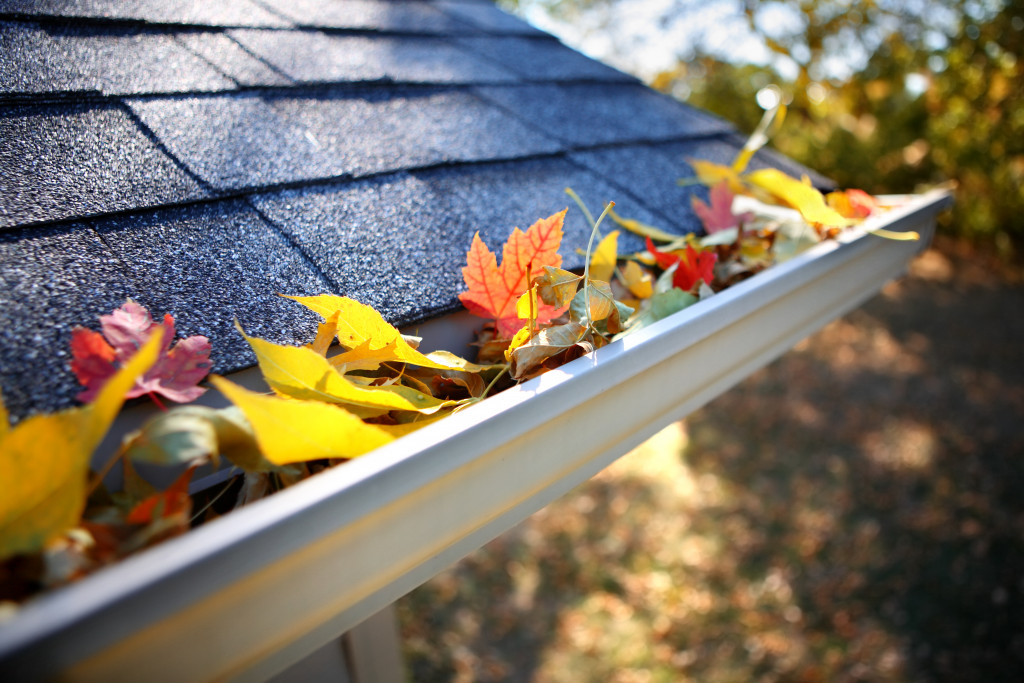A well-maintained drainage system is essential for any commercial property. Not only does it ensure that runoff from storms is appropriately managed, but it also minimizes the risk of flooding and water damage. A properly functioning drainage system helps prolong your property’s life by preventing soil erosion and other foundation problems.
There are a few key things to keep in mind when maintaining your commercial property’s drainage system:
Cleaning and Repairing Gutters and Downspouts
One of the most important things you can do to maintain your commercial property’s drainage system is regularly clean and repair gutters and downspouts. Clogged gutters can cause water to back up, which can eventually lead to damage to your roof and foundation.
To avoid this, regularly remove debris (leaves, sticks, etc.) from your gutters. You may also need to have your gutters professionally cleaned if they become particularly clogged.
If you’re comfortable doing so, you can use a garden hose to spray your gutters. Wear gloves and goggles to protect your hands and eyes, and avoid getting too close to the roof’s edge.
In addition to regularly cleaning your gutters, you’ll also want to repair them if they become damaged. Cracked or missing gutters can allow water to leak through and cause severe damage to your property. You should also check for other signs of wear and tear to your gutters and downspouts, such as rust or holes. If you spot anything, have them professionally repaired right away.
Inspecting Drainage Pipes

The next step in maintaining your commercial property’s drainage system is regularly inspecting its drainage pipes. Look for any signs of blockage, cracking, or leaking. If you find any of these issues, contact a professional plumber to repair them as soon as possible.
It would be best to ensure the pipes are correctly connected and sealed so that water can flow freely without leaking out. This will help keep your property dry and minimize potential water damage.
There are a few key things to keep in mind when sealing drainage pipes:
- Make sure the lines are clean and free of debris before filling them.
- Apply a liberal amount of sealant to the pipe seam.
- Use a caulking gun to press the sealant into place.
- Allow the sealant to dry completely before using the drainage system.
Checking for Foundation Issues
Another critical aspect of maintaining your commercial property’s drainage system is regularly checking for foundation issues. Look for any signs of cracking or settling, as these can signify that the soil around your property is not adequately absorbing water and runoff from storms.
If you spot any cracks or settling, contact a professional to inspect the foundation and determine if you need to do any additional repairs or waterproofing. This will help ensure your property is better protected against potential flood damage.
Addressing Potential Flooding Sources
Flooding can severely damage your commercial property, so addressing any potential sources of flooding preemptively is essential. If not correctly managed, storm runoff can quickly overwhelm a drainage system, leading to flooding and water damage.
One of the best ways to determine potential sources of flooding is to inspect your property for any signs of excess water or runoff. If you see any areas where water pools or accumulates, this could be a sign that your drainage system is inadequate.
To minimize the risk of flooding, grade land around your property, so it slopes away from the foundation. You should also have a reliable sump pump installed in case water does begin to accumulate inside your property.
When choosing a sump pump, there are a few key things you’ll want to keep in mind:
- The size of the pump. The pump should be able to handle the amount of water that will be flowing into it.
- The type of pump. There are two main types of sump pumps: pedestal and submersible. Pedestal pumps sit outside the sump pit, while submersible pumps are submerged in the water. Submersible pumps are generally more reliable, so this is recommended if you’re unsure which type to choose.
- The power source. Most sump pumps are powered by electricity, but battery-powered and solar-powered options are also available.
- The warranty. Make sure to read the warranty information before purchasing a sump pump, as some warranties may not cover certain damages or malfunctions.
Once you’ve chosen a sump pump, test it regularly to ensure it’s working correctly. You can do this by pouring a bucket of water into the sump pit and watching to see if the pump turns on.
Inspecting Your Drainage System Annually
Finally, it’s important to have your drainage system inspected by a professional at least once a year. This will allow you to catch any potential problems—such as clogs or leaks—before they become serious. An annual inspection will also give you peace of mind knowing that your property is prepared for the next rainy season.
The best way to inspect your drainage system is to walk around your property and look for any signs of water pooling or runoff. You can also pour a bucket of water into the drainage system to see if it flows freely.
If you spot any problems, contact a professional to fix them as soon as possible. This will help minimize the risk of water damage to your property.
These are some key steps you should take to maintain your commercial property’s drainage system. Properly managing storm runoff and addressing potential sources of flooding will help keep your property safe and prevent costly water damage. Be sure to inspect your drainage system regularly and address any issues quickly so that you can enjoy a safe and dry season!

